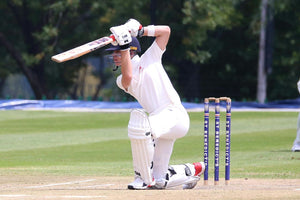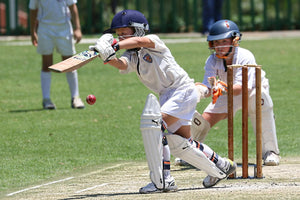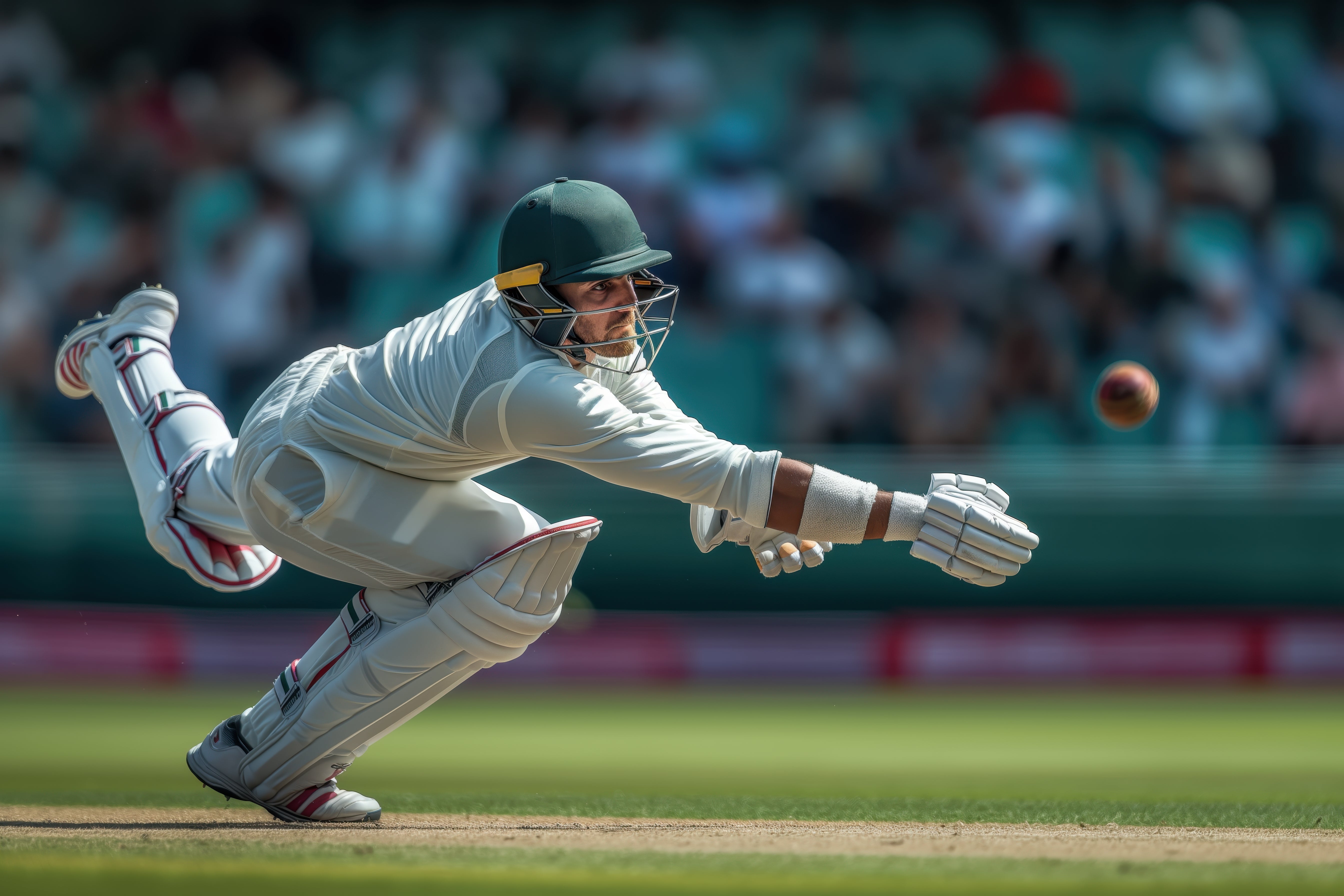In modern cricket, the importance of wearing a helmet cannot be overstated. Helmets serve as a vital piece of protective equipment, safeguarding players from potentially life-threatening head injuries. With the increasing speed and aggression of bowlers, the risk of being hit by a cricket ball poses a significant danger to batsmen, wicketkeepers, and close-in fielders.
A helmet provides essential protection to the head, shielding players from the impact of fast deliveries, bouncers, and unexpected deflections. It reduces the risk of concussions, skull fractures, and other serious head injuries that can result from high-speed collisions with the ball. Moreover, helmets are equipped with visors or grills that shield the face and eyes, preventing facial injuries and damage to delicate facial structures.
Beyond physical safety, helmets also contribute to the mental reassurance of players, allowing them to focus on their batting or fielding without fear of injury. This confidence enables players to perform at their best, maximizing their potential on the field.
In professional cricket, wearing a helmet is mandatory for batsmen facing fast bowlers, and it is strongly recommended for players in all other positions. This underscores the recognition of helmets as an indispensable tool in modern cricket, prioritizing player safety and well-being above all else.







